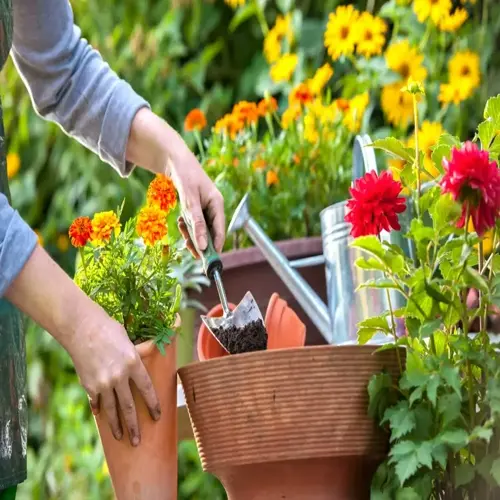What happens if I harvest potatoes too early?

Written by
Benjamin Miller
Reviewed by
Prof. Martin Thorne, Ph.D.When potatoes are harvested too early, it can cause significant problems that many gardeners overlook. Thin skins before full maturity do not have this protective layer. This raises several issues I have personally encountered. My early harvest yielded small tubers that quickly turned to spoiled ones.
Physical Damage Vulnerability
- Bruising: Thin skins tear easily during handling
- Rot entry: Micro-tears invite fungal infections
- Moisture loss: Underdeveloped periderm causes rapid dehydration
- Impact: 40% more spoilage within first storage month
Quality and Nutrition Loss
- Starch deficit: Tubers convert starches to sugars too early
- Flavor impact: Results in bland or overly sweet taste
- Texture issues: Mealy rather than firm consistency
- Nutrition: Lower vitamin C and potassium levels
The financial effects are more severe than most imagine. Losing yields prematurely can cost up to 30% because the tubers are not at their maximum size. During my rush to harvest, I estimated that I lost 15 lbs. on every twenty-foot row. When you factor in storage losses and the premature potatoes rotting faster, it adds up.
After an early harvest, acting quickly is key to a recovery. Use compromised potatoes within 48 hours for the best quality. Cook damaged tubers immediately before they begin to rot. Immature potatoes should never be stored for long-term use. I process mine into either frozen fries or dehydrated slices to put them to use.
Prevention is rooted in patience and verification. Always do the thumb rub skin check before harvesting. Count accurate days from sprout emergence, not planting. Combine several indicators, such as foliage dieback and tuber size. I now wait until at least two confirmations are present.
Read the full article: When to Harvest Potatoes: 6 Key Signs

